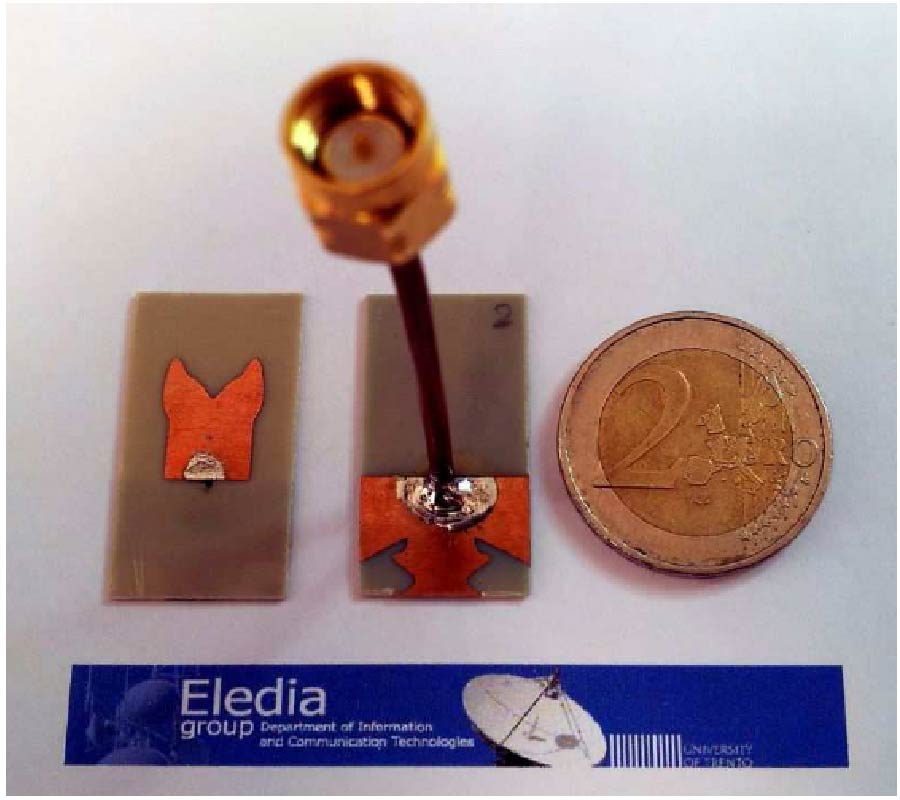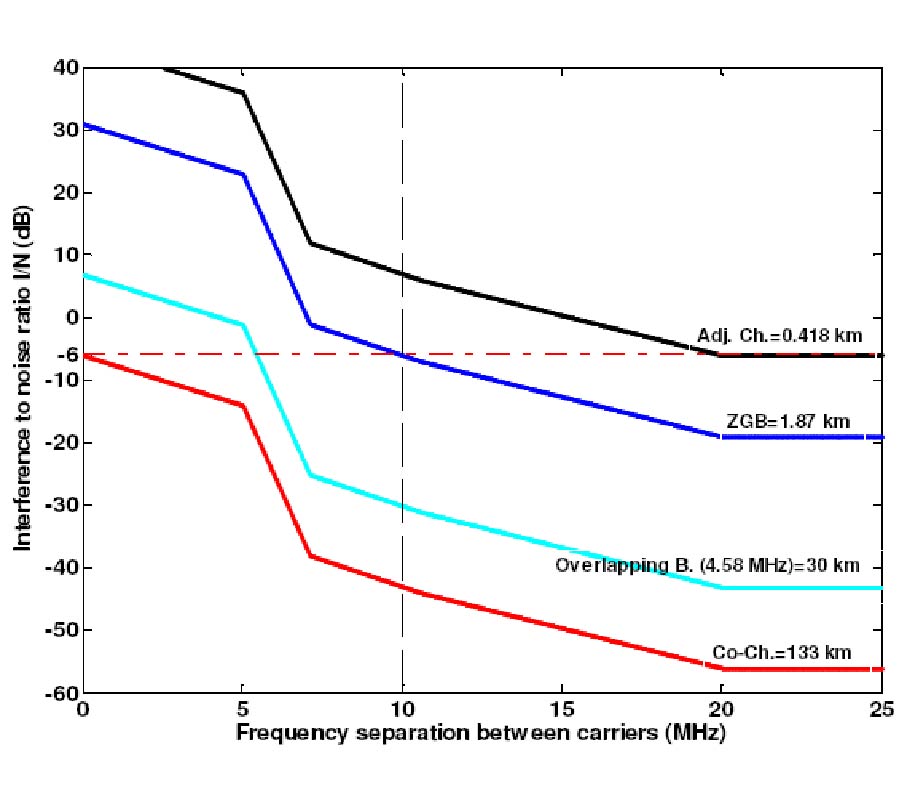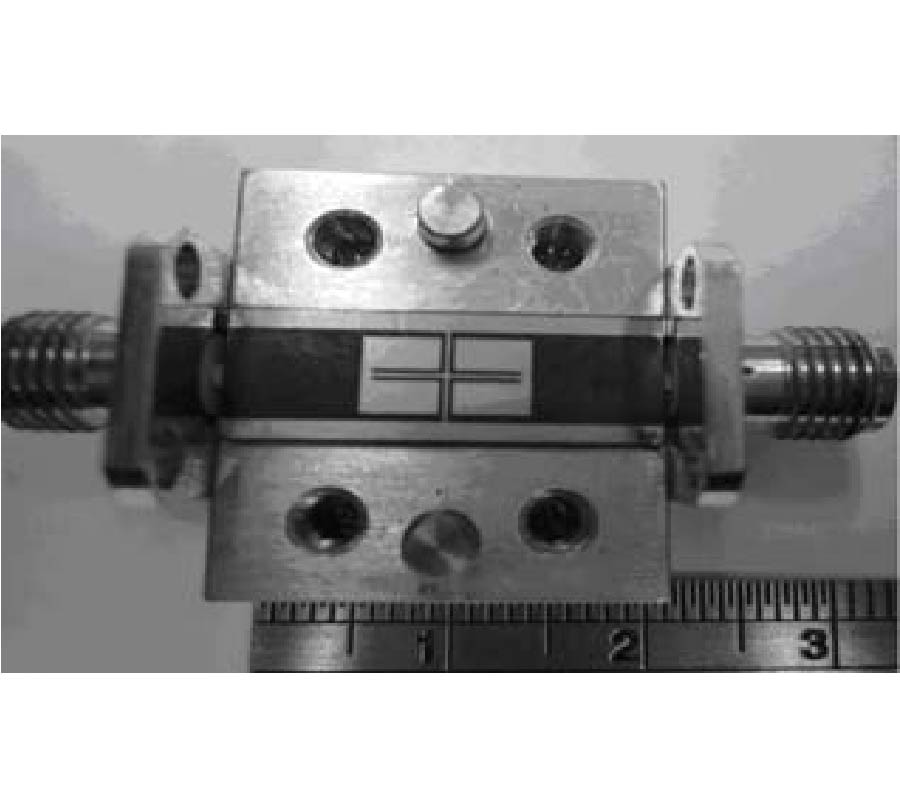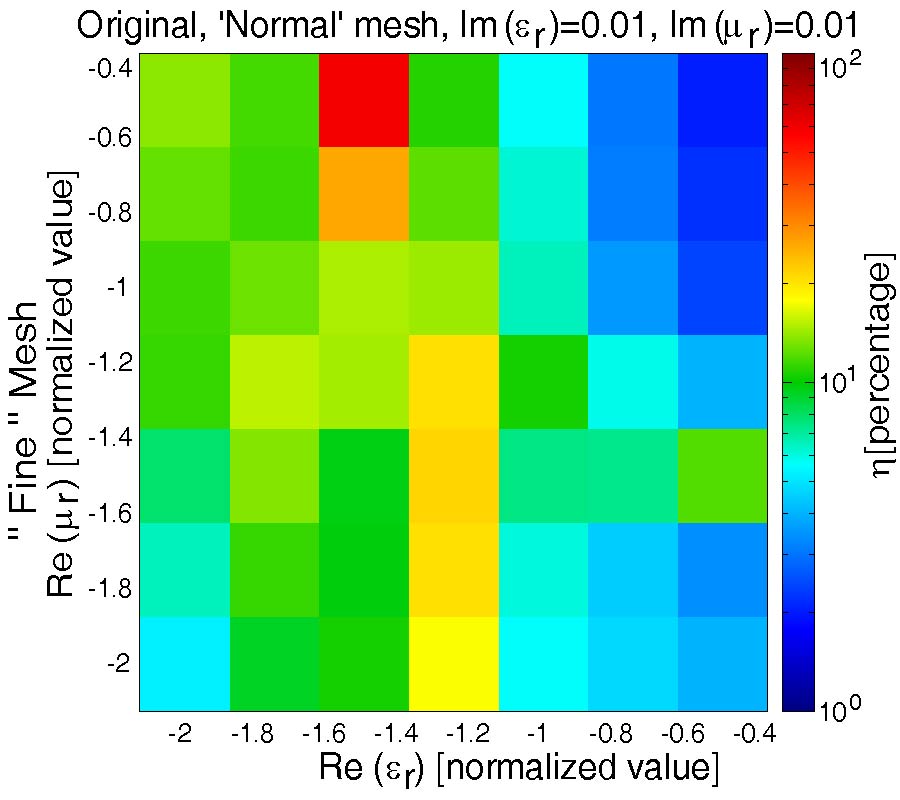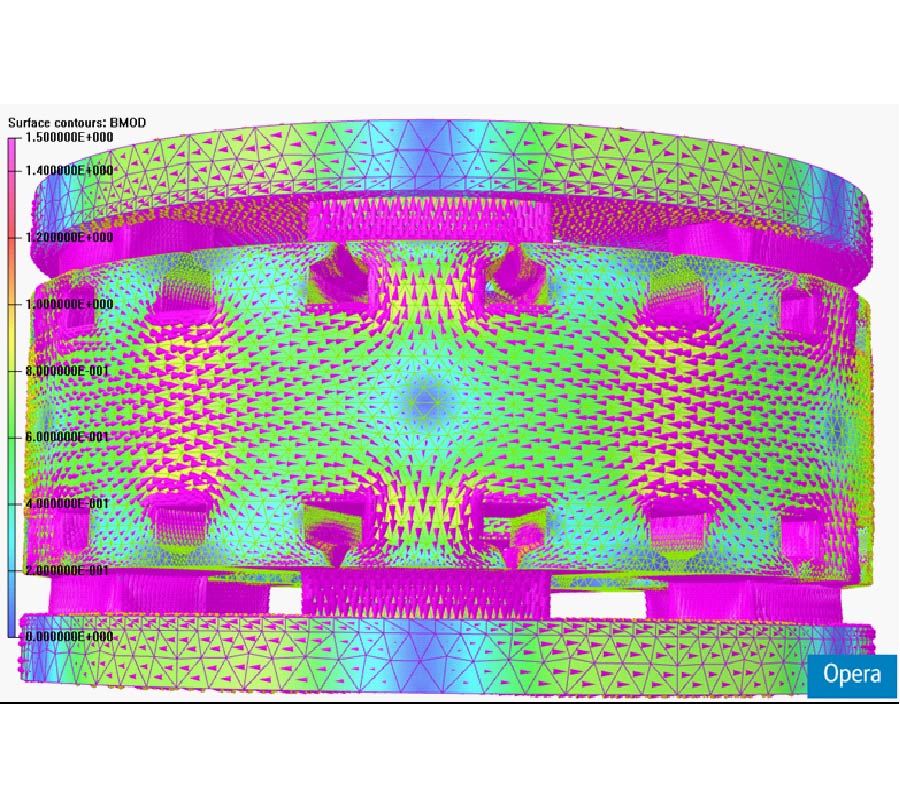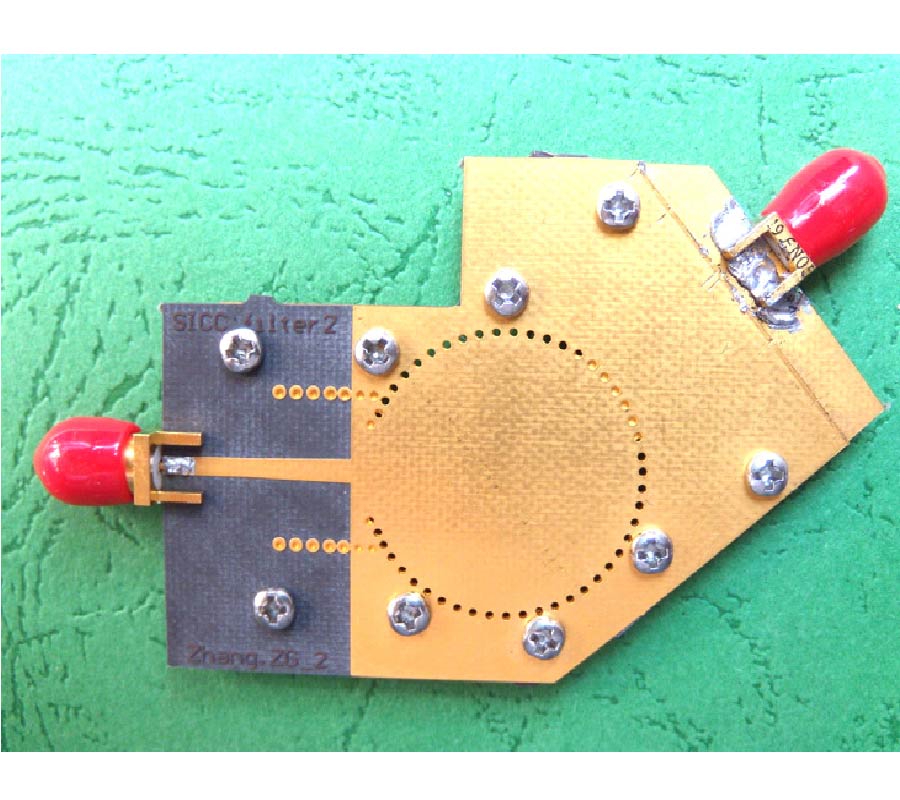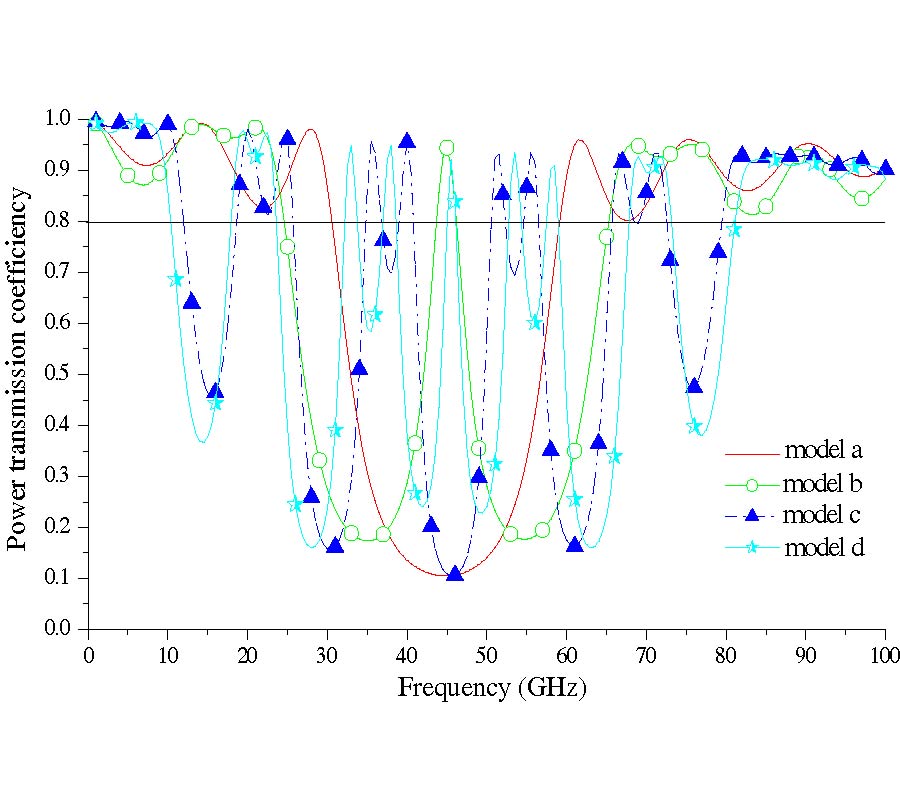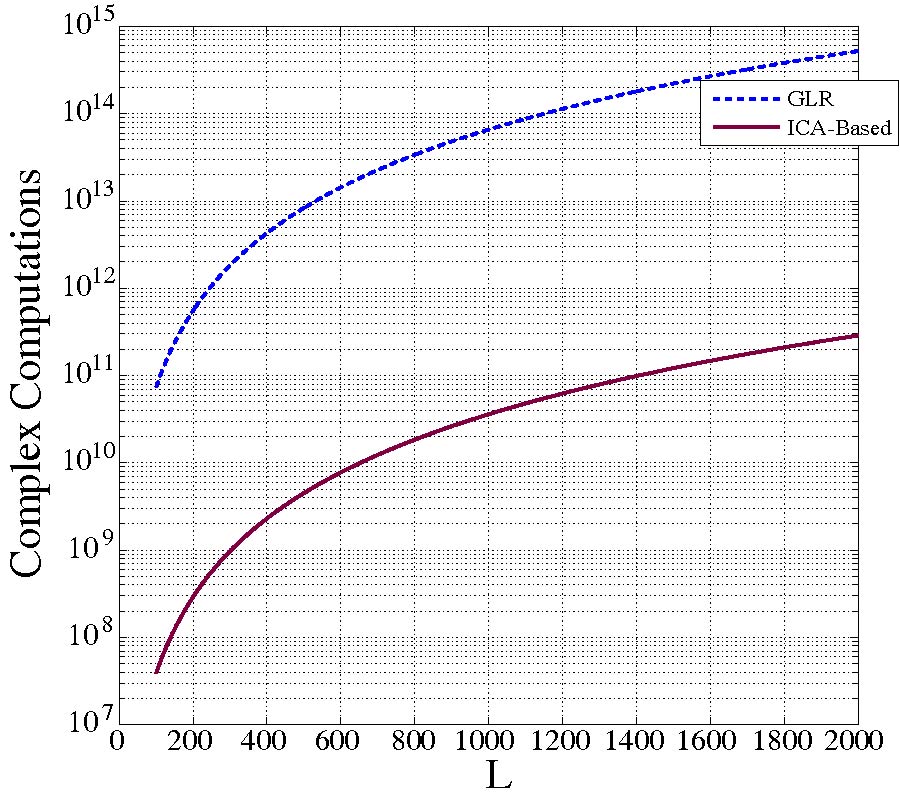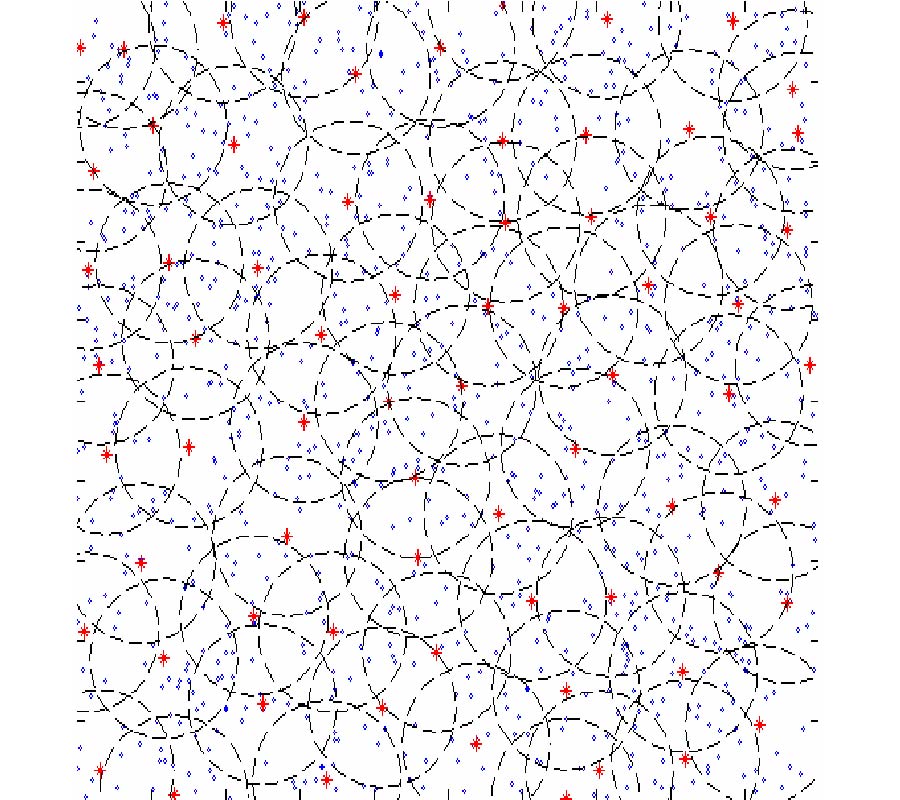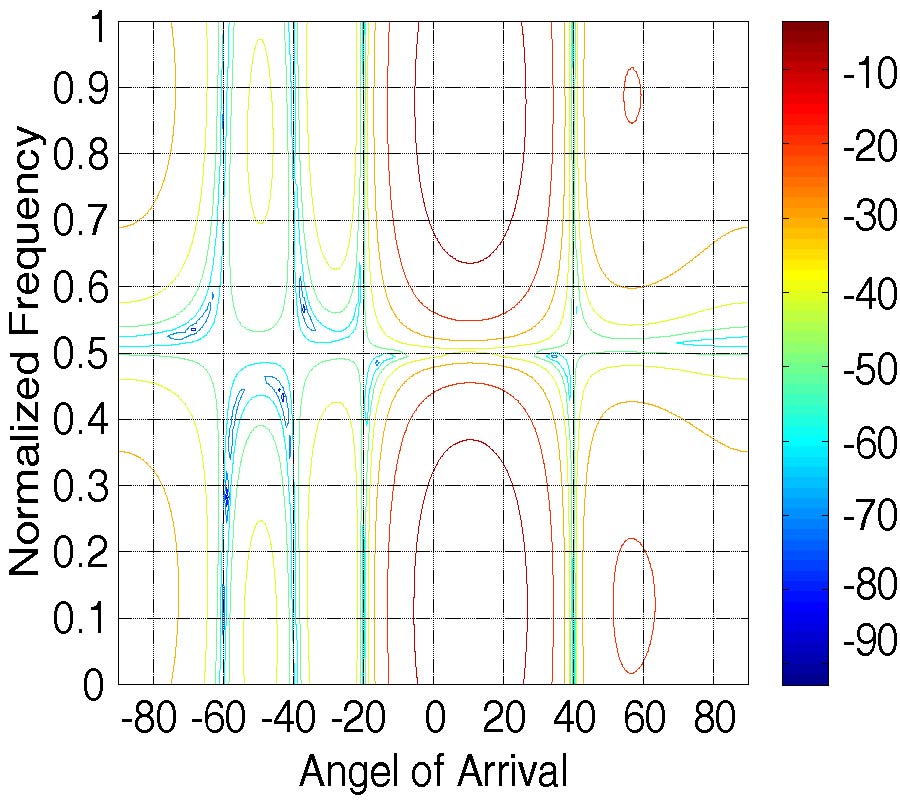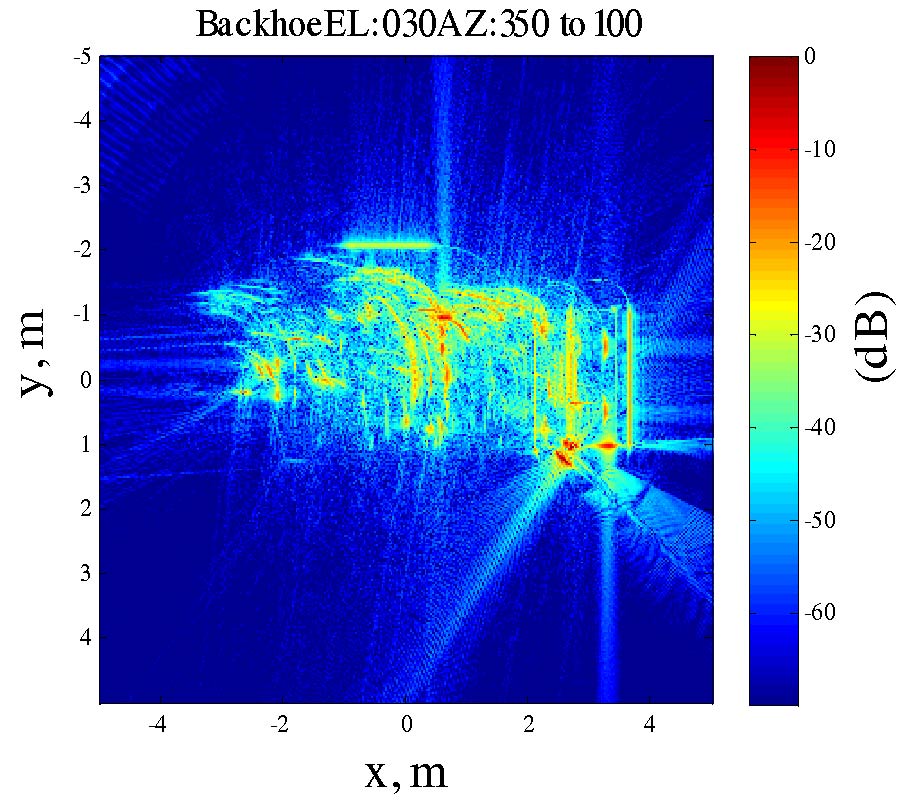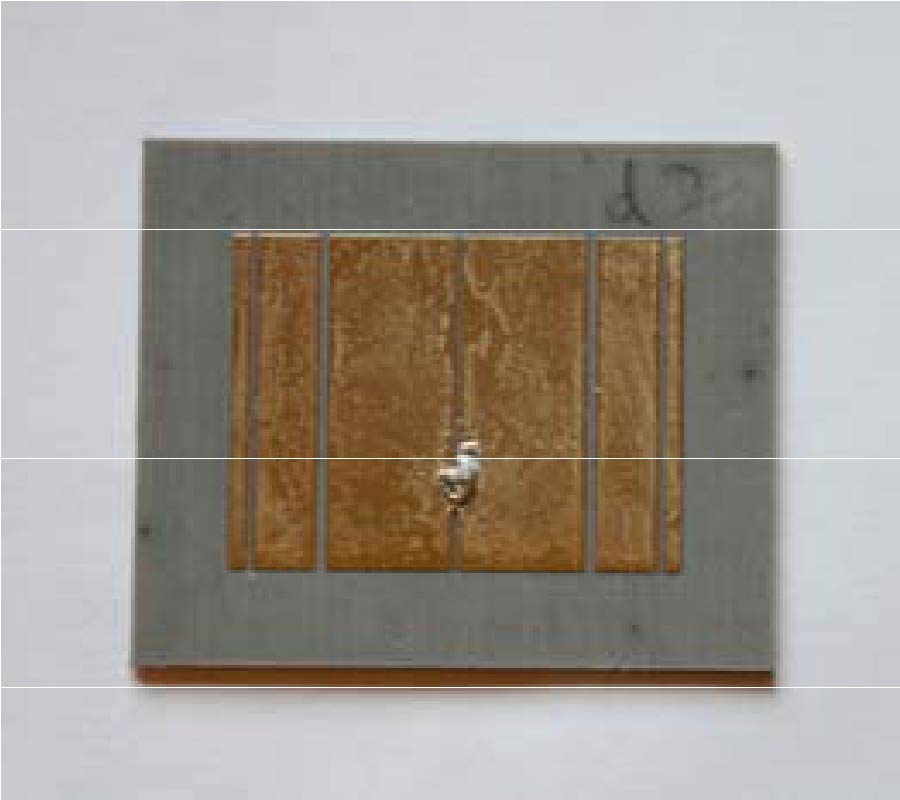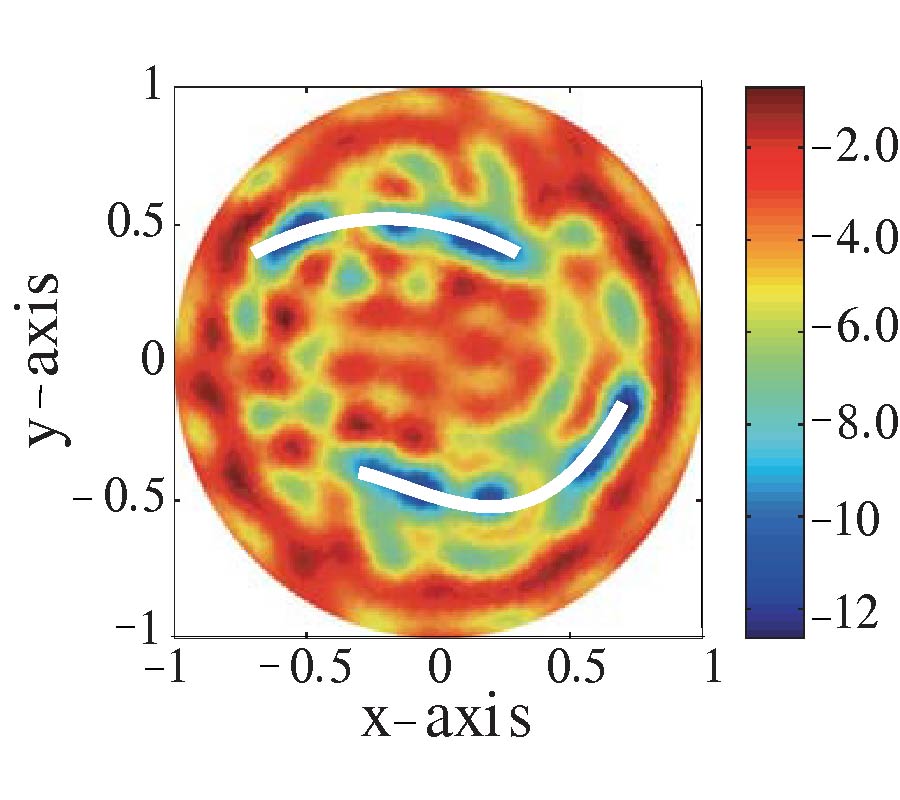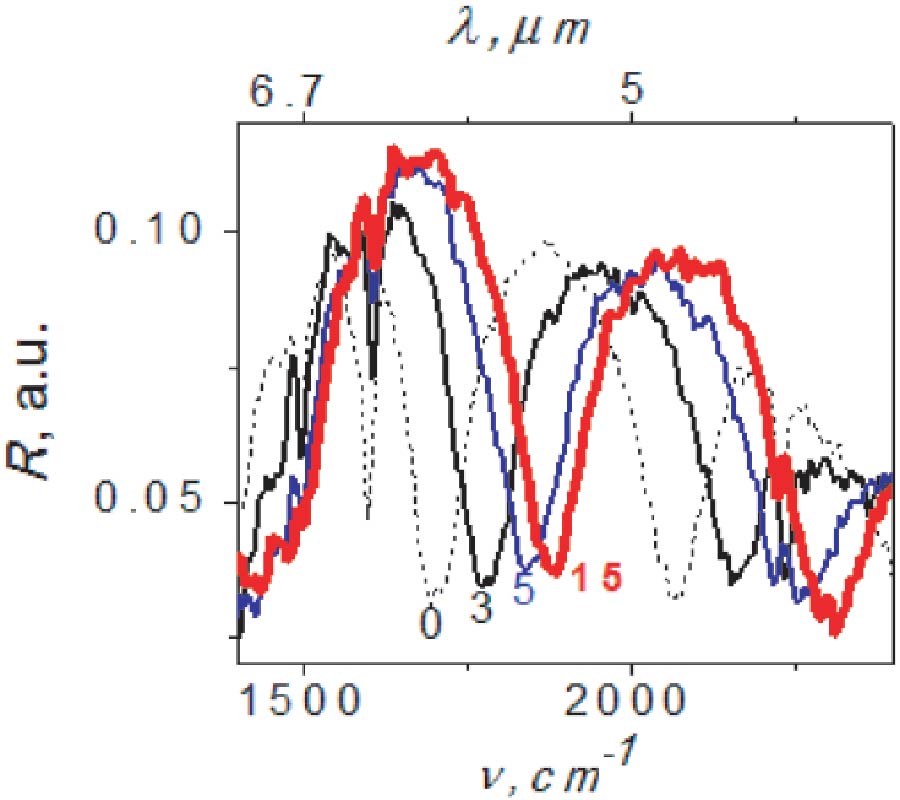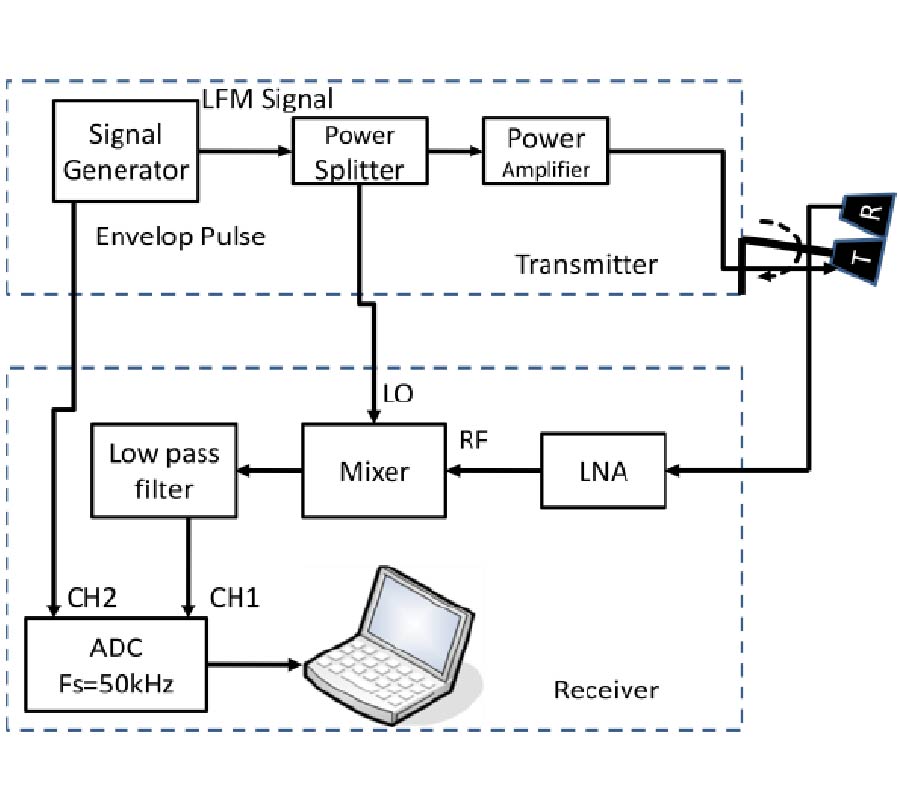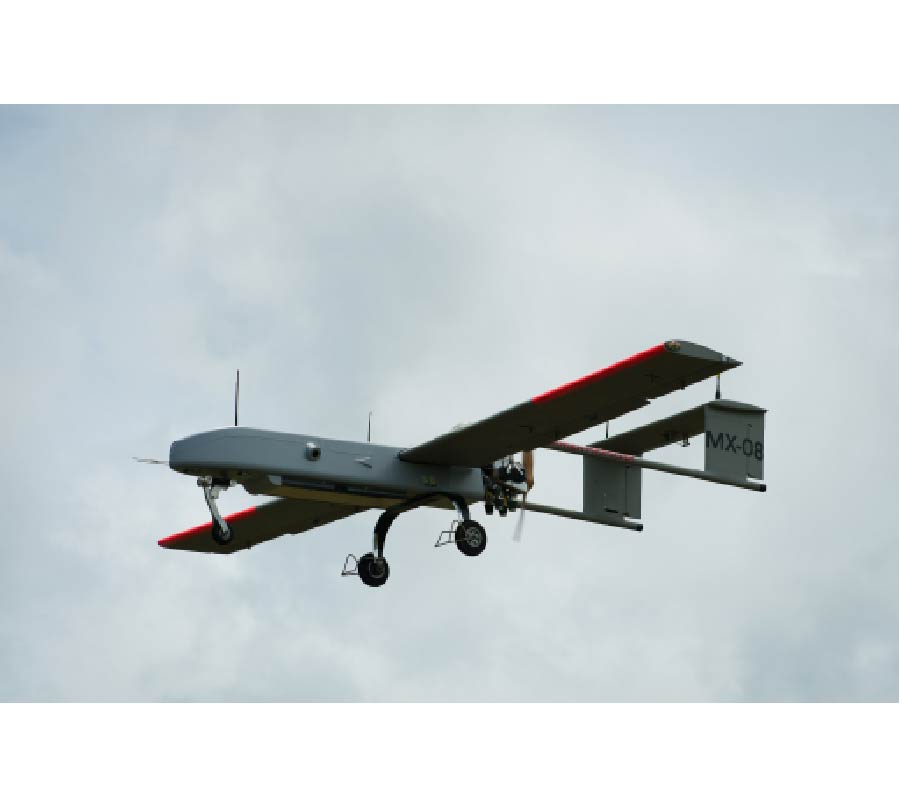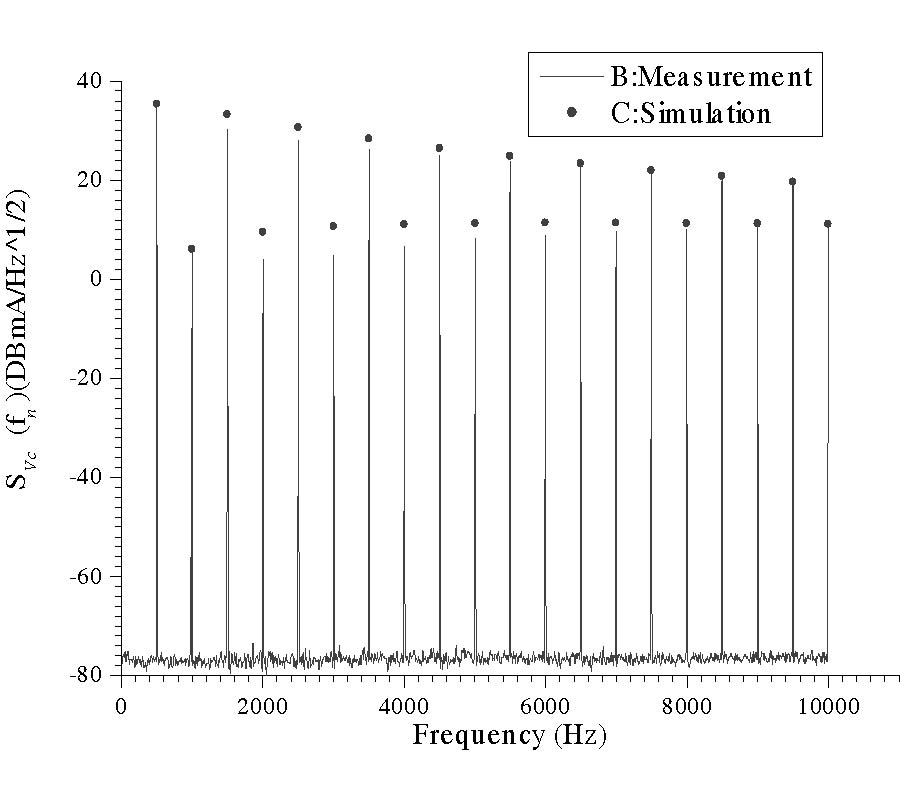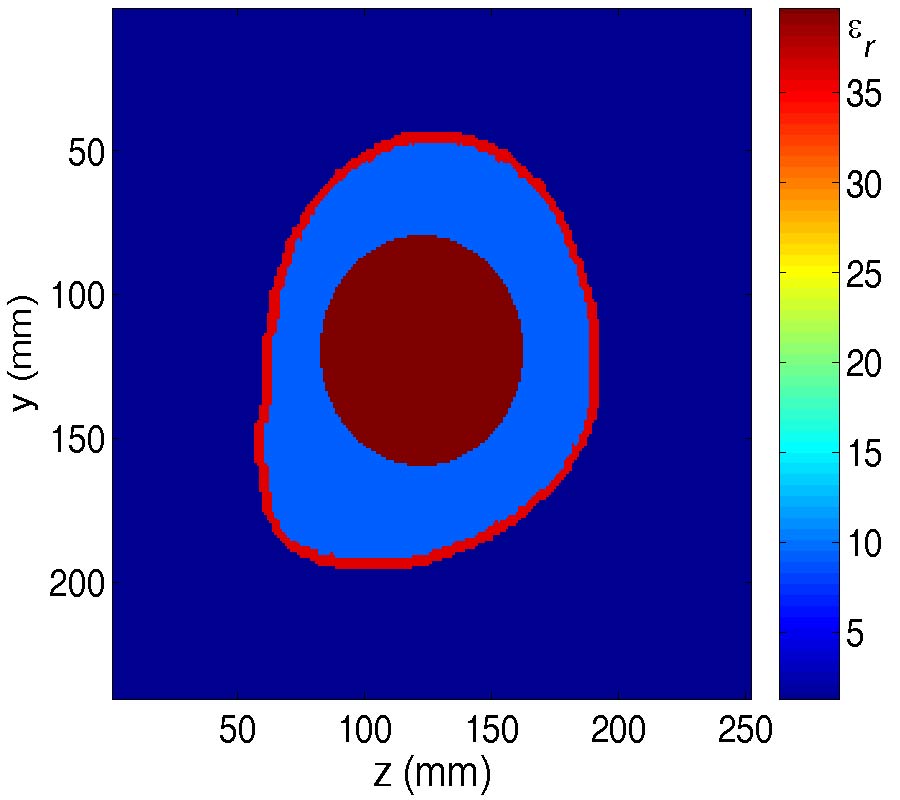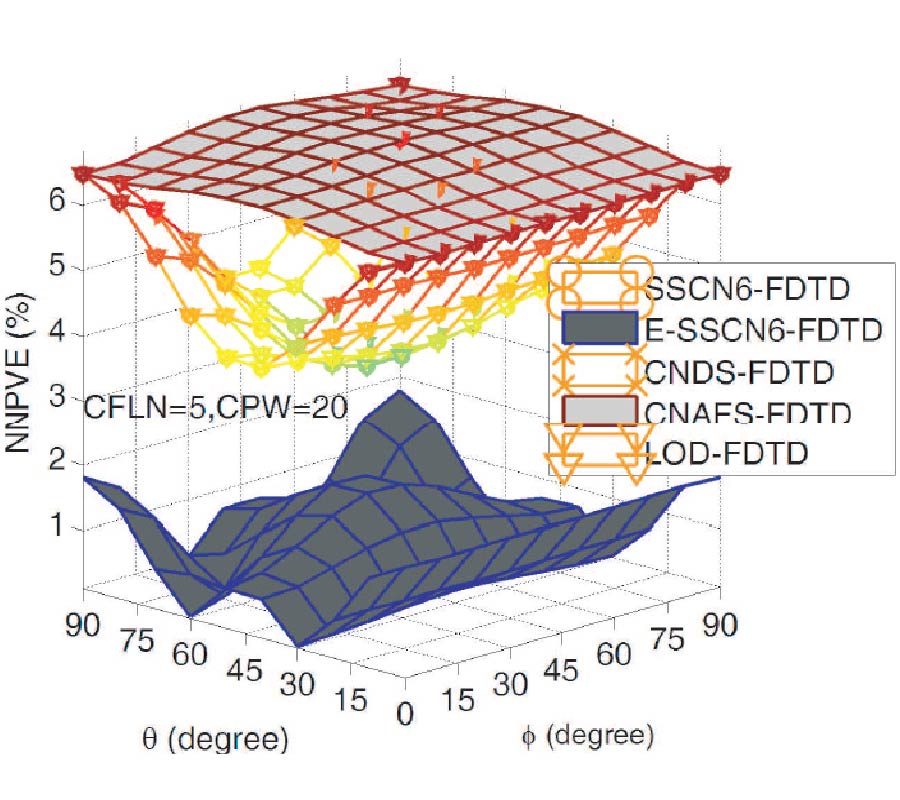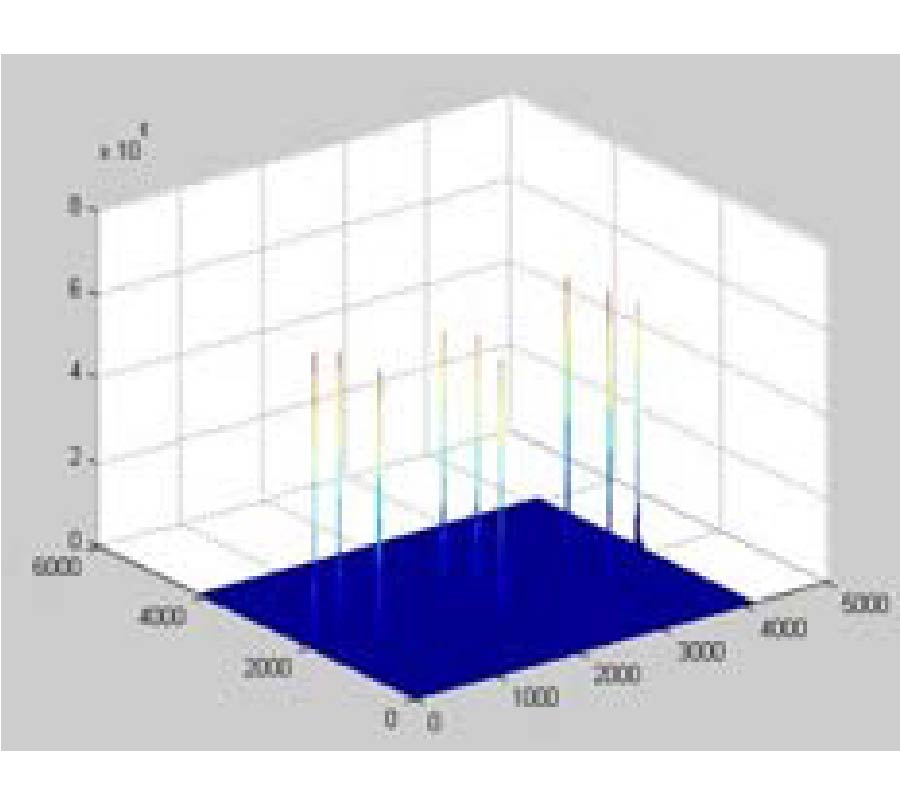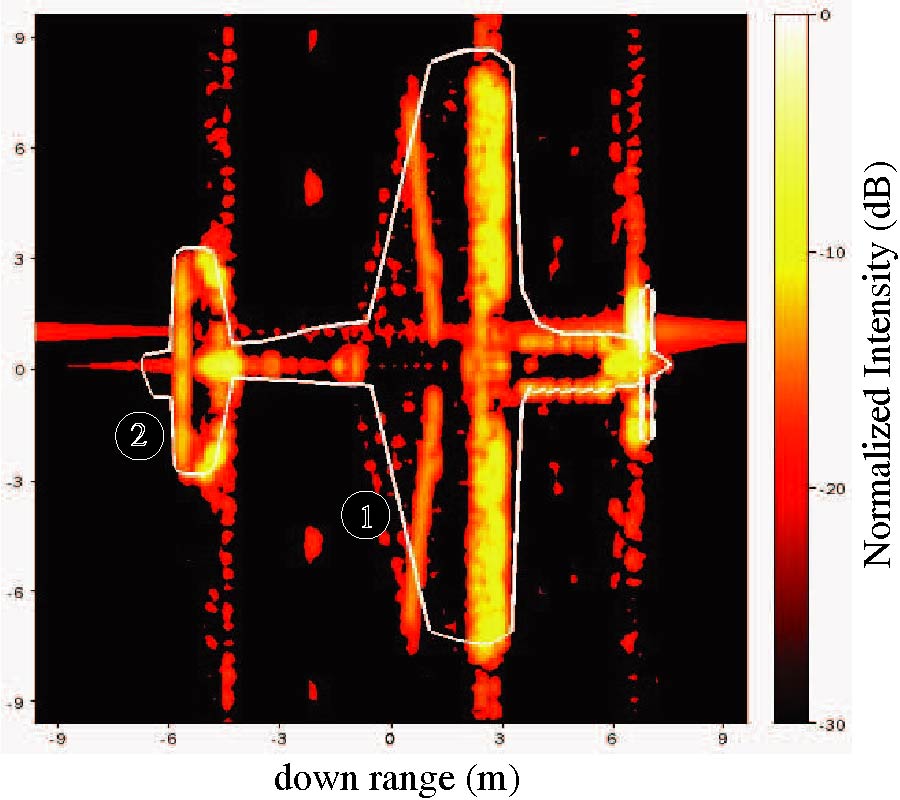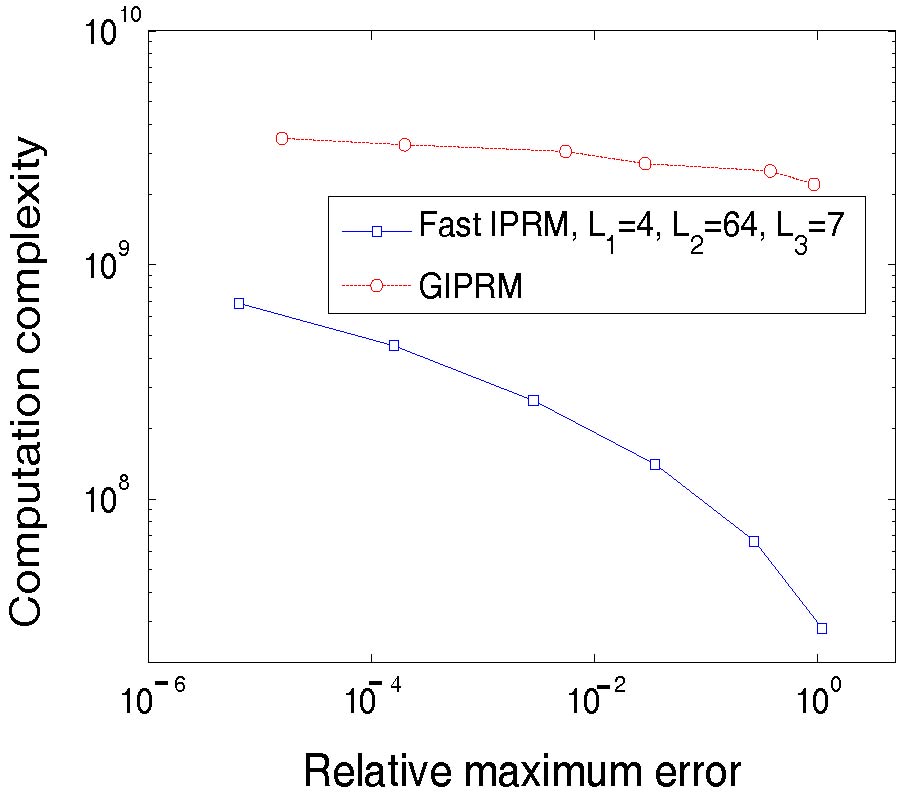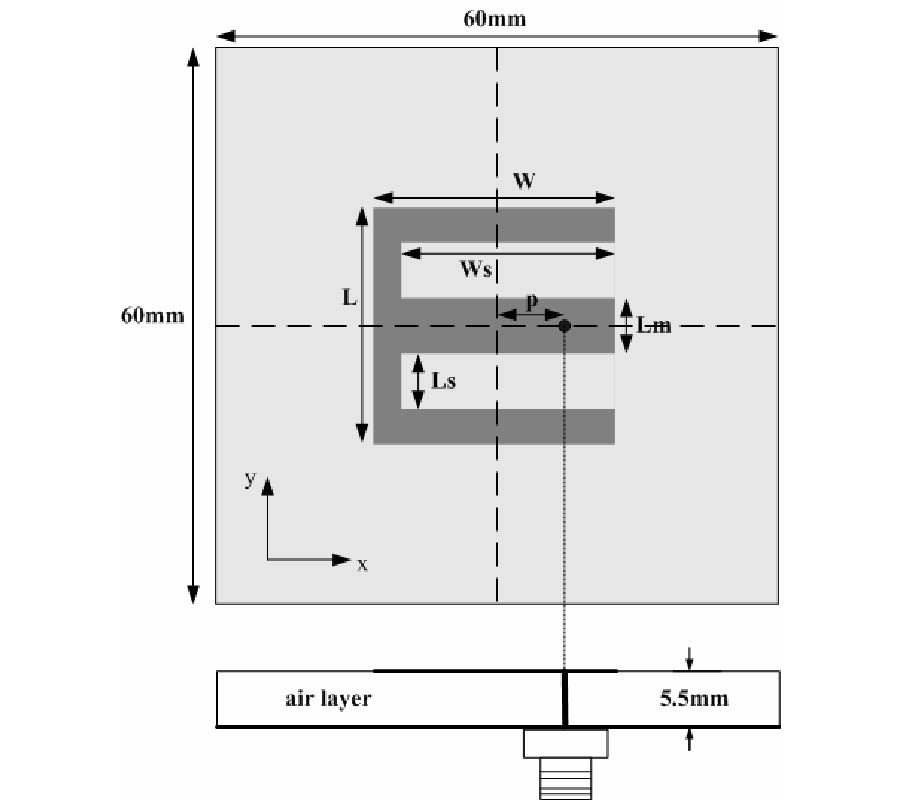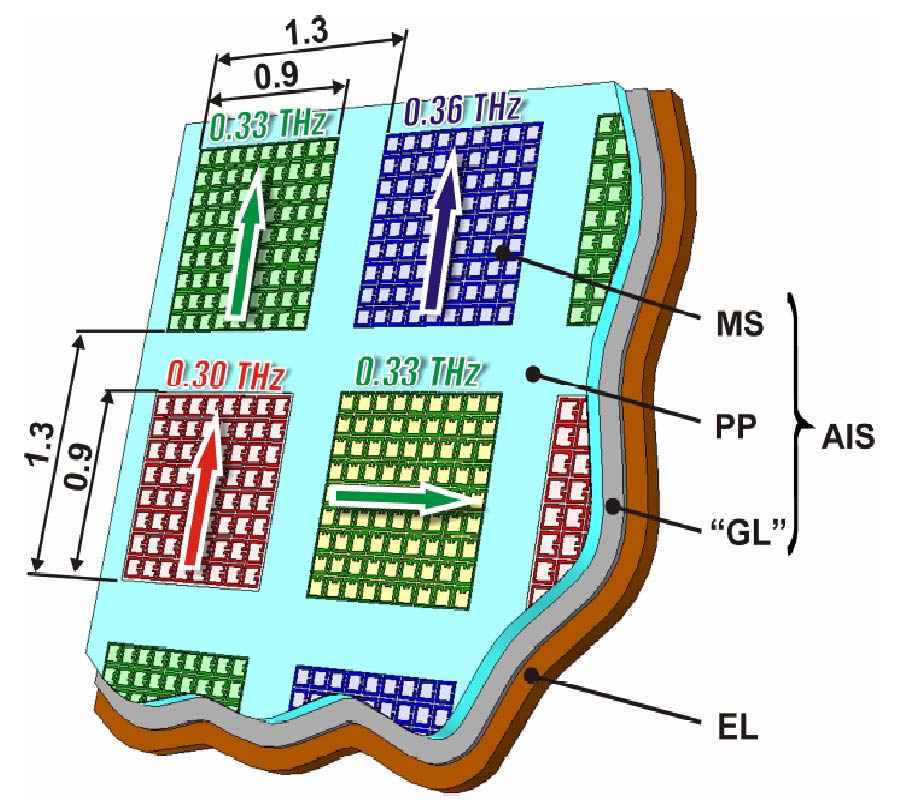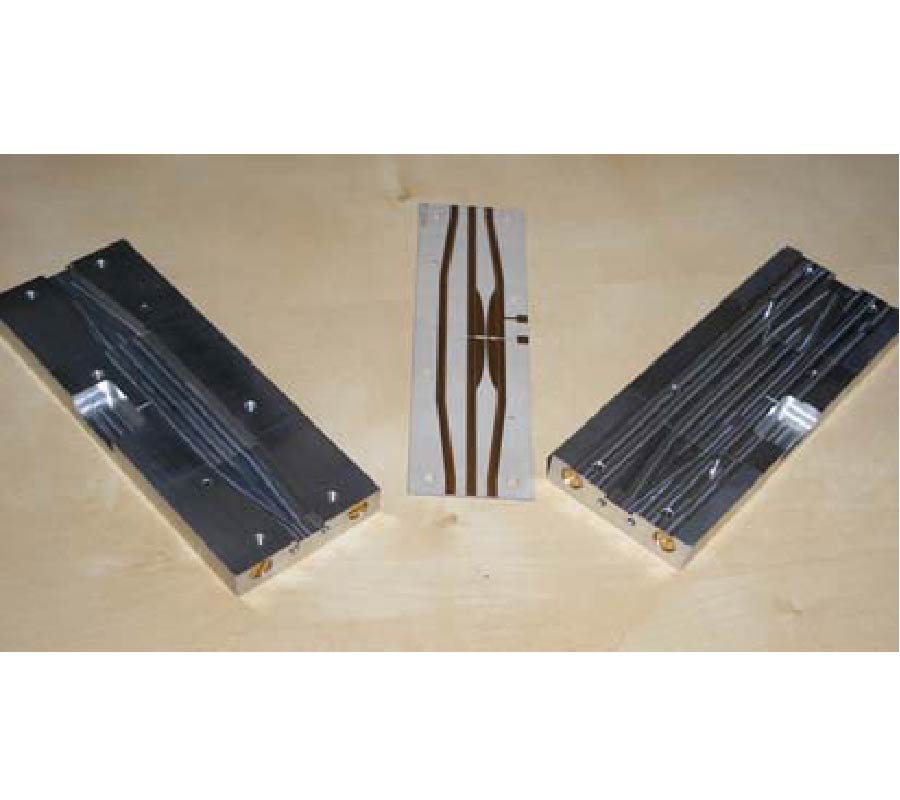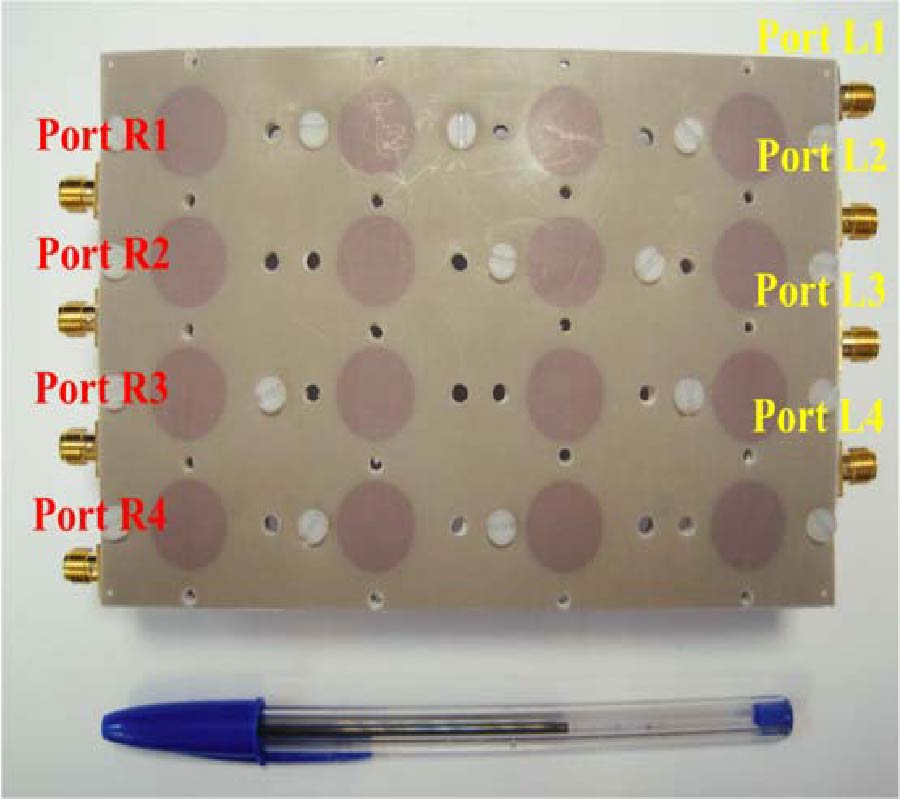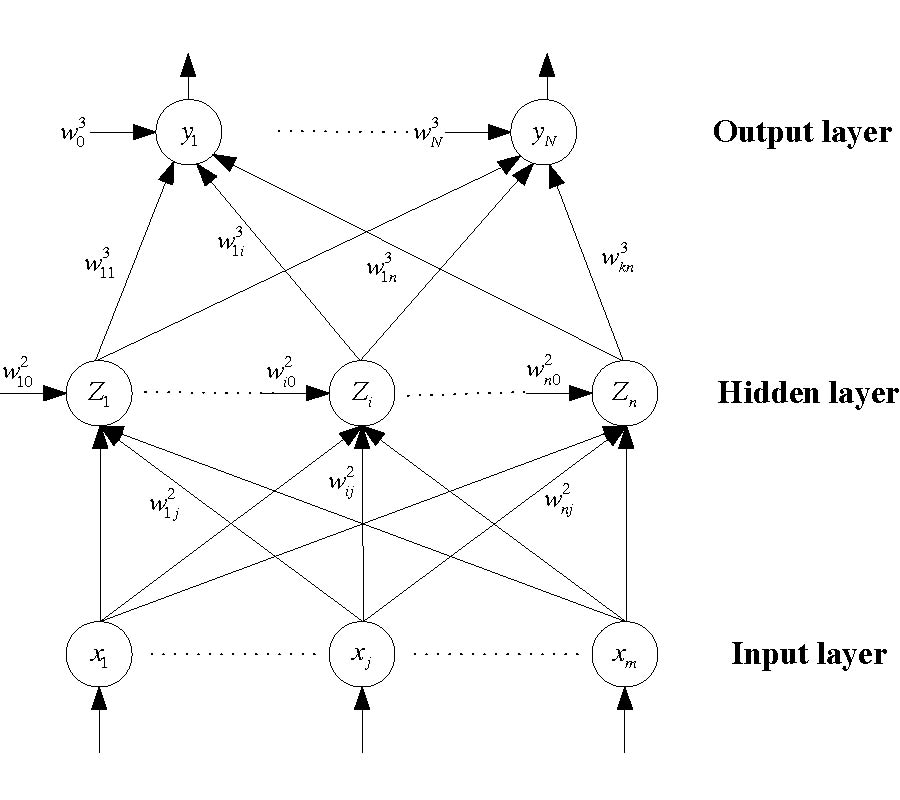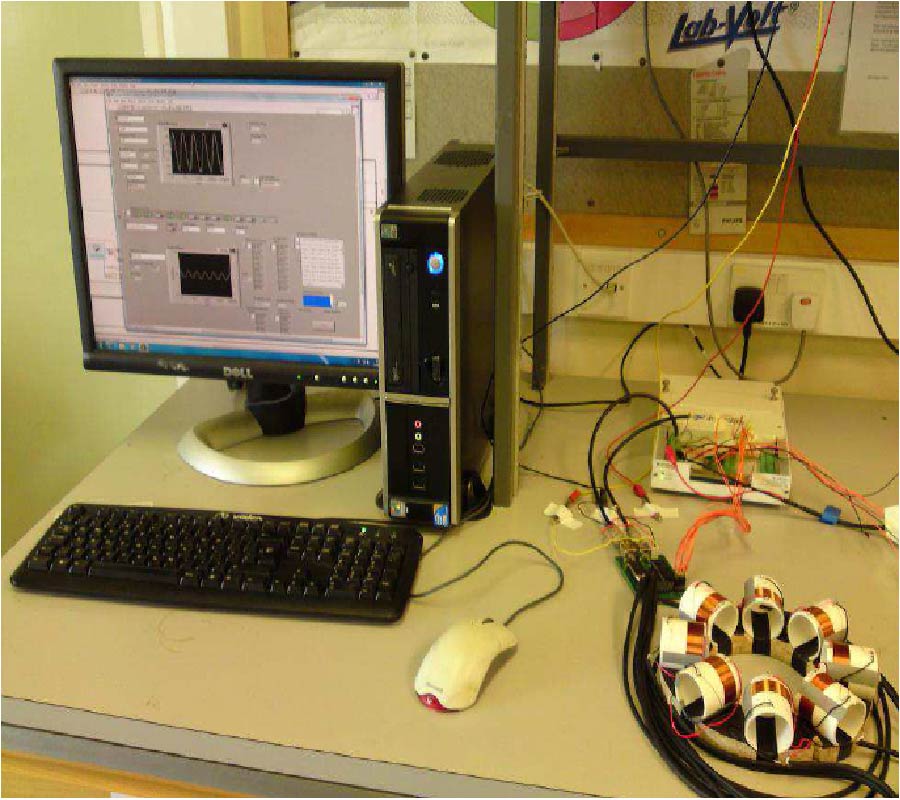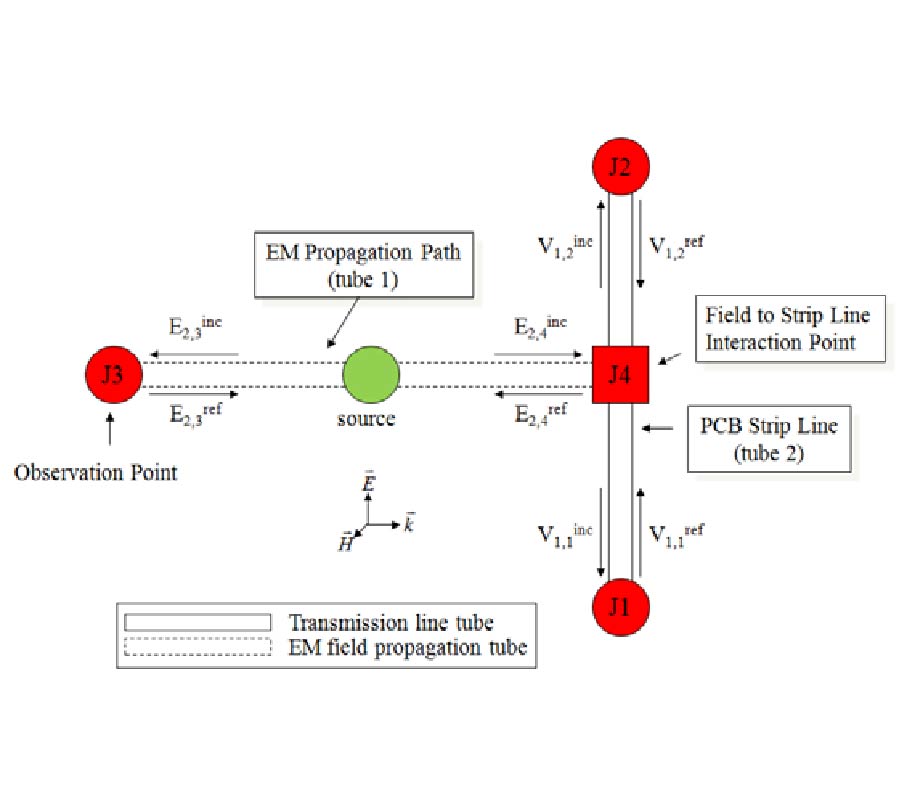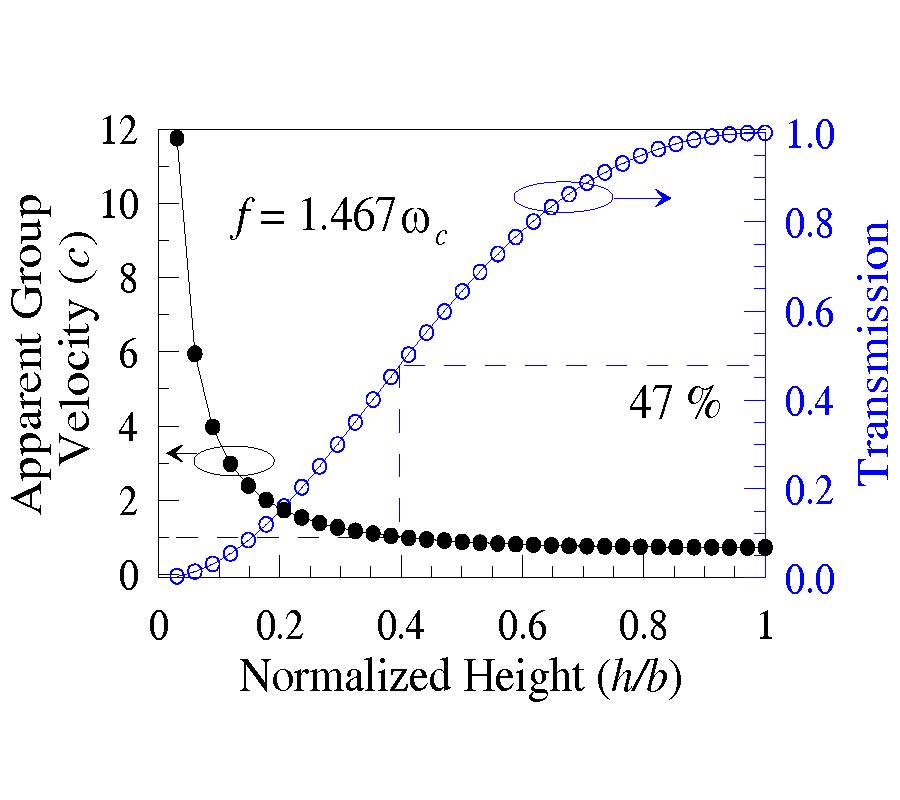A New Unmanned Aerial Vehicle Synthetic Aperture Radar for Environmental Monitoring
Voon Koo,
Yee Kit Chan,
Gobi Vetharatnam,
Chua Ming Yam,
Chot Hun Lim,
Chee Siong Lim,
C. C. Thum,
Tien Sze Lim,
Zahid bin Ahmad,
Khairul Annuar Mahmood,
Mohd Hamadi Bin Shahid,
Chin Yang Ang,
Wei Qiang Tan,
Poi Ngee Tan,
Kuo Shen Yee,
W. G. Cheaw,
Huey Shen Boey,
A. L. Choo and
Bee Cheng Sew
A new Unmanned Aerial Vehicle (UAV) Synthetic Aperture Radar (SAR) has been developed at Multimedia University, in collaboration with Agency of Remote Sensing Malaysia. The SAR operates at C-band, single $VV$-polarization, with 5 m x 5 m spatial resolution. Its unique features include compact in size, light weight, low power and capable of performing real-time imaging. A series of field measurements and flight tests has been conducted and good quality SAR images have been obtained. The system will be used for monitoring and management of earth resources such as paddy fields, oil palm plantation and soil surface. This paper reports the system design and development, as well as some preliminary results of the UAVSAR.
